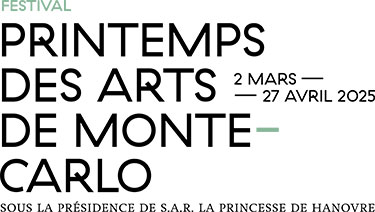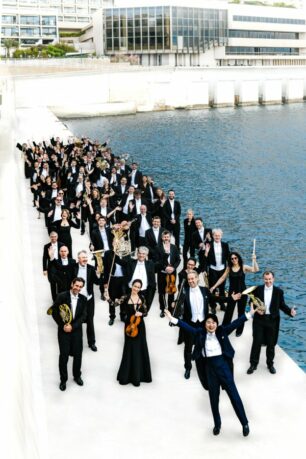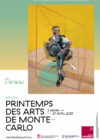“Songs accompanied by symphonic orchestra music”, “Cycle of lieder with orchestra”, “Symphony of lieder”, “Operatic symphony” – these are just some of the terms coined by musicologists to describe Das Lied von der Erde. This proves that Gustav Mahler’s mature work, atypical in many respects, eludes all attempts at classification. The composer himself, after considering the title Song of Earth’s Sorrow, opted for The Song of the Earth, drawn from the Chinese. Symphony for Tenor, Alto (or Baritone) Voice and orchestra.
Uniquely in the history of music, Mahler devoted himself to only two musical genres – the Lied and the symphony – which seem starkly opposed. From the former, we expect the intimacy of things confided with technical refinement, while the latter addresses the whole of humanity through a universal language. But more than any other composer, Mahler worked to bring them together. So much so, in fact, that his so-called “Wunderhorn period” symphonies – Nos. 1 to 4 – already borrow much of their substance from his Lieder. Henry-Louis de La Grange rightly writes that, in Mahler, “music and poetry flow from the same source, creating an original, complete universe, a whole world in a microcosm”. As for his later works, which unfold like so many magnificent “songs without words”, they still maintain a subtle link with poetry set to music. Wasn’t the Purgatorio of his Symphony No. 10 inspired by two earlier lieder – Das irische Leben and Blicke mir nicht in die Lieder?
Between Symphonies No. 8 and No. 10, Das Lied von der Erde offers Mahler the means to go beyond the model of Beethoven’s Symphony no. 9, but also marks a culminating point in his compositional approach. “When Mahler realised that the score would once again be a kind of symphony, the work quickly found its form, and was completed much faster than he had expected,” Alma confided. Although Mahler soon turned his back on the text-driven tradition of the Lied in favor of the development of thematic motifs, he remained just as sensitive to words. An assiduous reader, he was always very selective in his choices, and there wasn’t a poem he intended to set to music that wasn’t reworked, modified and even more or less roughened. A close look at the sketches for Song of the Earth shows how Mahler worked on the Chinese texts translated by Hans Bethge in Die chinesische Flöte (The Chinese Flute), in conjunction with his own research into musical elements. Mahler thus establishes a particularly close relationship between word and sound, which always aims to serve the originality of the musical design.
It was the words of thousand-year-old poetry from the Far East that were able to pull Mahler out of the darkness he had been plunged in by the terrible blows dealt to him in the same year 1907: his ousting as conductor of the Vienna Opera, the death of his eldest daughter Maria, and the diagnosis of his heart defect. In the summer of 1908, he took refuge in his beloved Alpine landscapes, that he could no longer fully enjoy, and gradually rediscovered the echoes of his own “inner voices” in the poetry of Li-Tai-Po, Tchang-Tsi, Mong-Kao-Jan and Wang-Sei. It tells about loneliness, angst in the face of death, the vanity and fleetingness of existence as well as lost youth – which, like dreams or drunkenness, is a refuge – but also about yearning for happiness, and love of the consoling natural world. This is certainly why the first poem he chose to set to music was Der Einsame im Herbst, probably the most poignant page of the score, although it ultimately came in second place.
In August, once the serenity of hard work had returned, the third lied (Von der Jugend) was composed, followed by the first (Das Trinklied vom Jammer der Erde), marked by bursts of joy bordering on caricature, and finally the last (Der Abschied), in which expression alternates between boundless pain and the lyrical ecstasy of contemplation of a world already detached from reality. Mahler confided to his disciple, conductor Bruno Walter, about his Song of the Earth: “I have worked with zeal, and you will understand that I have adapted quite well to my new condition. […] I’ve been given some fine moments, and I don’t think I’ve done anything so personal until now.” Indeed, is there a more profoundly Mahlerian score than this one?
In the range of varied emotional landscapes explored by German composer Rudi Stephan in his Music for Violin and Orchestra, we can perceive the influences of Mahler, who died in the same year the piece was composed: lush harmony, but also opulent orchestral chamber music in a dialogue with the violin soloist. The musicologist and critic Rudolf Louis described Rudi Stephan as “a man in search of something”. This was one of thing he had in common with Mahler.
Thomas Vernet






